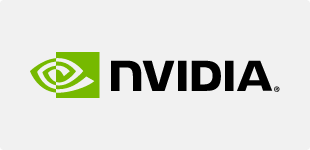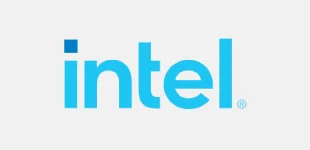Health care
Health care

Personalized Treatment Plans
Generative AI can play a crucial role in creating personalized treatment plans tailored to individual patients. By analyzing large datasets of patient records, genetic information, lifestyle factors, and treatment outcomes, Generative AI can predict the most effective treatment options for each patient. This not only enhances the precision of treatments but also minimizes the risks of adverse reactions and increases the likelihood of successful outcomes.
How It Works
Generative AI models can simulate various treatment scenarios based on patient-specific data. For instance, in oncology, Generative AI can analyze a patient’s genetic profile, the molecular characteristics of a tumor, and historical data from similar cases to generate a personalized chemotherapy regimen. The AI can predict how the tumor is likely to respond to different drugs and suggest the optimal dosage and combination of therapies.
Moreover, Generative AI can continuously update the treatment plan as new data becomes available. For example, if a patient undergoes genetic testing or a new drug becomes available, the AI can reassess the treatment options and adjust the plan accordingly. This dynamic approach ensures that the patient receives the most up-to-date and effective care.
Impact

Improved Patient Outcomes
Tailored treatments increase the effectiveness of interventions and reduce the risk of side effects.

Efficiency
Healthcare providers can deliver more targeted care, reducing the trial-and-error approach often seen in complex cases.

Cost Savings
Personalized treatments can reduce the need for expensive, ineffective therapies and shorten the time required to find the right treatment.
Drug Discovery and Development
How It Works
Impact

Faster Time-to-Market
Generative AI can reduce the time required for drug discovery and development, bringing new treatments to patients more quickly.

Cost Efficiency
By streamlining the drug development process, Generative AI can reduce the overall cost of developing new medications.

Innovation
AI can explore chemical spaces that are beyond human imagination, potentially leading to the discovery of entirely new classes of drugs.
Medical Imaging and Diagnostics
Generative AI has transformative potential in medical imaging and diagnostics by enhancing the accuracy and speed of image analysis. It can assist radiologists and pathologists in identifying abnormalities in medical images, such as X-rays, MRIs, and CT scans, with greater precision than traditional methods.
How It Works
Impact

Enhanced Accuracy
AI can detect subtle patterns that may be missed by human eyes, leading to earlier and more accurate diagnoses.

Time Efficiency
AI can analyze images much faster than humans, allowing for quicker diagnoses and treatment decisions.

Reduced Workload
By automating routine image analysis tasks, AI can free up radiologists and pathologists to focus on more complex cases.
Virtual Health Assistants
Generative AI-powered virtual health assistants are transforming patient care by providing personalized health advice, answering medical queries, and assisting with the management of chronic conditions. These virtual assistants can engage with patients through chatbots, mobile apps, or voice-activated devices, offering 24/7 support.
How It Works
Impact

Improved Patient Engagement
Virtual assistants provide continuous support, encouraging patients to take an active role in managing their health.

Accessibility
Patients can access health information and advice at any time, reducing the need for frequent doctor visits.

Chronic Disease Management
AI can help manage chronic conditions more effectively by providing personalized, real-time monitoring and support.
AI-Generated Synthetic Data for Research
How It Works
Impact

Privacy Protection
Synthetic data allows researchers to conduct studies without compromising patient privacy.

Accelerated Research
AI-generated data can speed up research and development processes by providing readily available datasets for training and testing.

Inclusivity
Synthetic data can represent diverse populations, ensuring that AI models are trained on data that reflects a wide range of patient demographics.
Strategic
Partners








Conclusion
We will contact
Get a call back
Accordion Widget for Elementor allows you to present plenty of content in a foldable and concise way.
Accordion Widget for Elementor allows you to present plenty of content in a foldable and concise way.
Accordion Widget for Elementor allows you to present plenty of content in a foldable and concise way.
Accordion Widget for Elementor allows you to present plenty of content in a foldable and concise way.
Accordion Widget for Elementor allows you to present plenty of content in a foldable and concise way.

